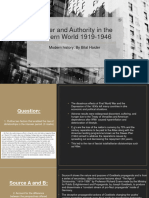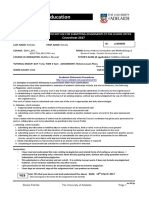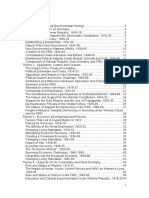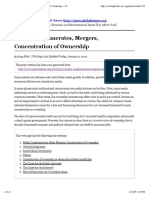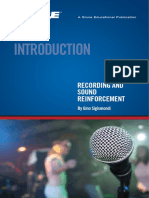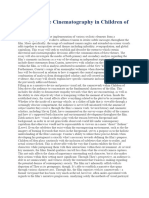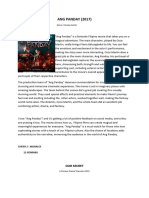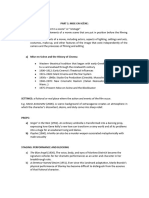0% found this document useful (0 votes)
144 views13 pagesElectronic Media Notes
The document provides an overview of sound and visual elements in electronic media, detailing types of sound, studio setups, recording methods, and microphone types. It emphasizes the importance of visuals in storytelling, including camera techniques, lighting, and the differences between studio and on-location shoots. Additionally, it discusses Electronic News Gathering (ENG) and its impact on modern journalism, highlighting the use of portable equipment for real-time news coverage.
Uploaded by
Ketaki modakCopyright
© © All Rights Reserved
We take content rights seriously. If you suspect this is your content, claim it here.
Available Formats
Download as DOCX, PDF, TXT or read online on Scribd
0% found this document useful (0 votes)
144 views13 pagesElectronic Media Notes
The document provides an overview of sound and visual elements in electronic media, detailing types of sound, studio setups, recording methods, and microphone types. It emphasizes the importance of visuals in storytelling, including camera techniques, lighting, and the differences between studio and on-location shoots. Additionally, it discusses Electronic News Gathering (ENG) and its impact on modern journalism, highlighting the use of portable equipment for real-time news coverage.
Uploaded by
Ketaki modakCopyright
© © All Rights Reserved
We take content rights seriously. If you suspect this is your content, claim it here.
Available Formats
Download as DOCX, PDF, TXT or read online on Scribd
/ 13




















